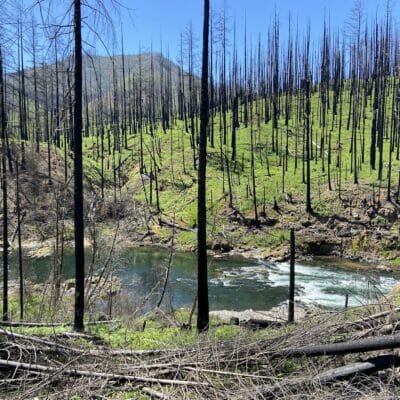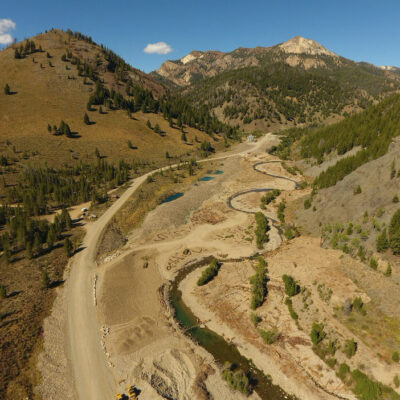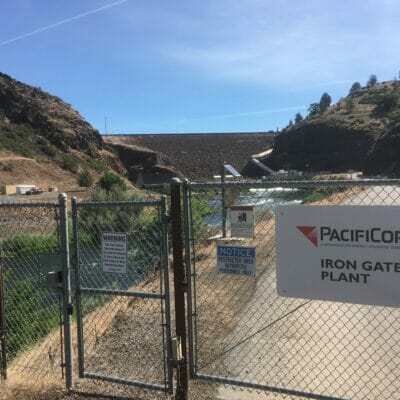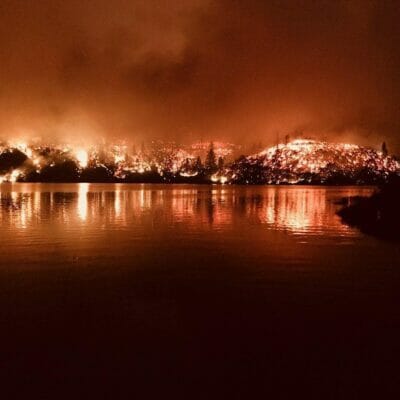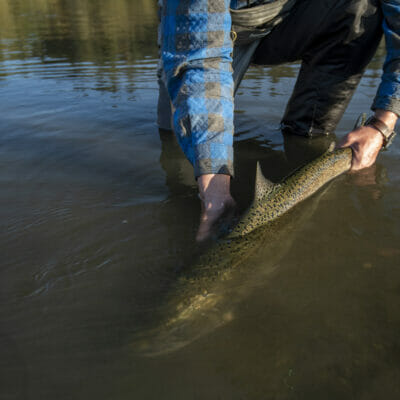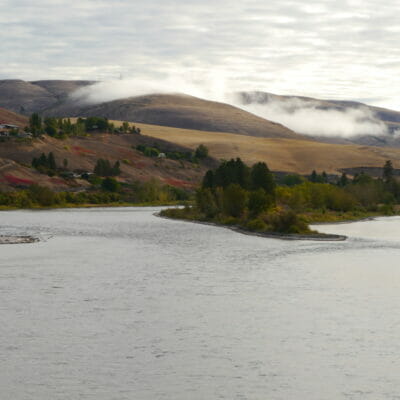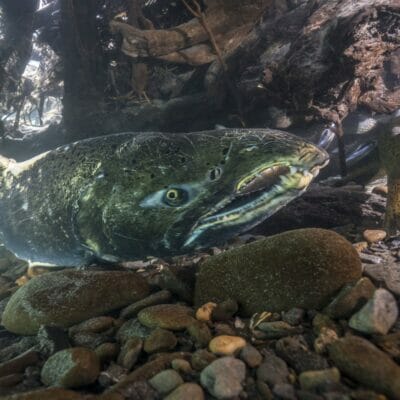We stopped first at Swiftwater Park. My brother, Greg, and I always start there when we fish the North Umpqua searching for summer steelhead. It’s not much of a park, really. Just some parking next to the river, along with his and her’s vault toilets. The river is the attraction. This is the final upstream spot before reaching the North’s famous fly-only water. We…
The Yankee Fork historically supported robust populations of salmon, steelhead and trout, but mining – and the intensive timber harvest that accompanied it – reduced what once was a complex, meandering river into a virtual flume.
The Klamath River is one of the country’s most beleaguered watersheds. But on July 27 the Oregon Public Utilities Commission provided some good news, when the agency approved an order granting transfer of four old fish-blocking dams to the Klamath River Renewal Corporation so they can be taken out.
People all around Oregon woke on Sept. 8, 2020, to high winds, extensive power outages and lots of speculation by foresters that it could be the worst day of fires in Oregon’s history. That’s exactly what it turned out to be for Chrysten Lambert, TU’s Oregon director for Western Conservation, and many others when three wildfires whipped through the area in a split second…
Pacific salmon and steelhead connect the Pacific Ocean to the Sawtooth mountains and persist at 1-2 percent of their historic numbers. Their decline precisely parallels the construction of the four lower Snake River dams
The equation is simple. It’s hot. It’s going to get hotter, which is why it is so urgent to increase access for salmon and steelhead to the thousands of square miles of the most climate-resilient, high-elevation habitat in the Snake River basin by removing the lower four Snake River dams
The current gauntlet that Snake salmon and steelhead run between their headwaters and the ocean—eight Snake and Columbia river dams and the slack-water, predator-filled reservoirs they create—are indiscriminate killers of both wild and hatchery fish
